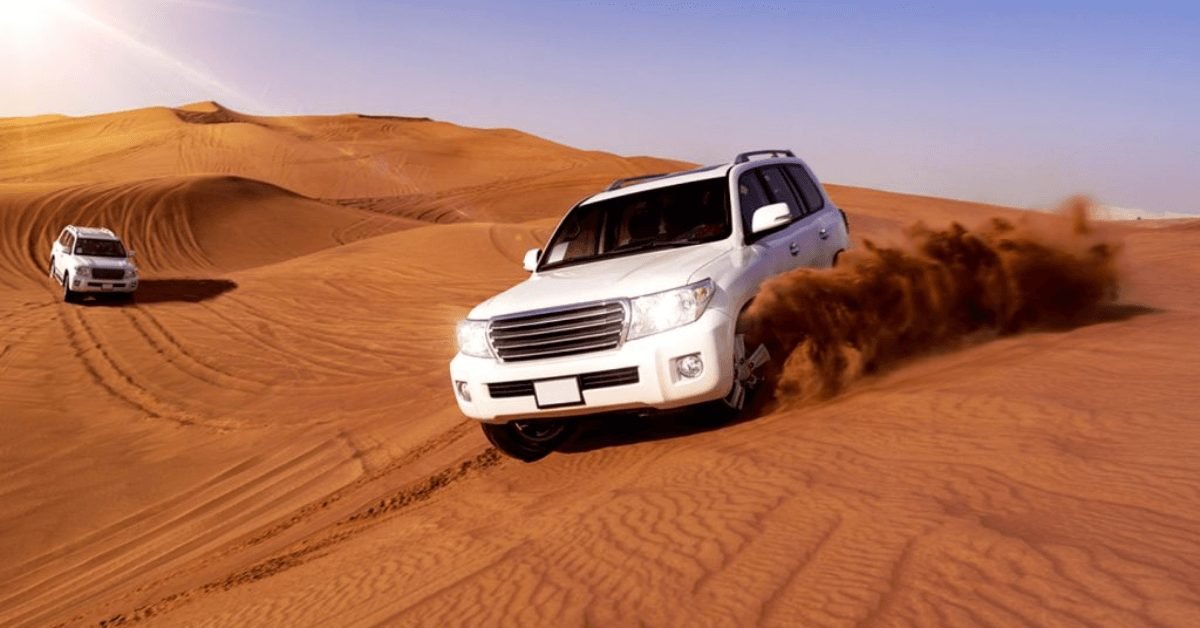Dubai’s desert safaris have gained immense popularity as a thrilling and unique adventure for visitors from around the world. However, to truly enjoy this experience, it is crucial to consider the weather conditions. The weather can significantly impact the comfort and overall enjoyment of a desert safari. In this article, we will explore the best weather conditions for a desert safari in Dubai and identify the ideal months to embark on this exhilarating journey.
Understanding the Weather Patterns in Dubai
Dubai’s climate is characterized by scorching summers and mild winters. To comprehend the best weather for a desert safari, it is essential to understand the unique weather patterns of the region.
Ideal Temperature Range
The temperature plays a vital role in ensuring a comfortable desert safari experience. Exploring the optimal temperature range will help visitors select the most pleasant time for their adventure. Extreme temperatures can have adverse effects on both physical comfort and the ability to engage in various activities.
Avoiding High Humidity
Humidity can have a significant impact on the overall experience of a desert safari. Certain months experience higher humidity levels, which can make the desert environment feel more uncomfortable and reduce visibility.
Wind conditions are another crucial factor to consider when planning a desert safari. Mild winds contribute to a more enjoyable experience by reducing the discomfort caused by high temperatures and blowing sand. Identifying months with favorable wind speeds can enhance the overall pleasure of the safari adventure.
The Best Months for Desert Safaris in Dubai
To determine the best weather for a desert safari in Dubai, it is necessary to analyze the weather conditions during different seasons. Let’s explore the three main seasons and their suitability for a memorable desert adventure.
Winter Season (November to February)
The winter season in Dubai provides the most favorable weather conditions for a desert safari. The months of November to February offer milder temperatures, lower humidity levels, and pleasant breezes. This period allows visitors to fully enjoy outdoor activities without being overwhelmed by extreme heat.
Transition Months (March and October)
March and October act as transitional months between the winter and summer seasons. While the weather may vary during these months, they still offer relatively comfortable conditions for a desert safari. However, it is crucial to be aware of potential fluctuations in temperature and weather patterns during these transitional periods.
Summer Season (April to September)
The summer season in Dubai brings scorching temperatures and high humidity levels. While it may not be the most comfortable time for a desert safari, it presents a unique and adventurous experience for those who can tolerate the heat. Special precautions should be taken to ensure safety and comfort, such as opting for evening safaris or early morning excursions.
Factors to Consider for a Desert Safari
In addition to selecting the ideal months for a desert safari, there are other factors to consider to ensure a memorable experience.
Personal Comfort and Preferences
Understanding personal comfort levels and preferences is crucial when planning a desert safari. Some individuals may be more sensitive to extreme temperatures, while others may prefer specific activities or times of the day. It is important to consider air-conditioned facilities and evening safaris to maximize comfort.
Availability and Budget
The availability and pricing of desert safaris can vary depending on the season. Peak months may have higher demand and prices, while off-peak months may offer more availability and potential discounts. Considering these factors can help visitors plan their safari within their budget and preferred timeframe.
Specific Safari Activities
Different safari activities may be available or limited depending on the weather conditions. Some activities, such as dune bashing or camel riding, maybe more enjoyable during specific seasons. It is important to research and select activities that align with the desired weather conditions and personal preferences.
Conclusion
Selecting the best weather for a desert safari in Dubai is crucial for an unforgettable experience. The winter season, with its mild temperatures and pleasant winds, offers the most favorable conditions. However, individuals with a higher tolerance for heat may find the summer season to be an adventurous option. By considering personal comfort, weather patterns, and specific activities, visitors can make informed decisions and enjoy a memorable desert safari in Dubai.
FAQs
Are there any specific months when sandstorms are more likely?
Sandstorms can occur occasionally in Dubai, but they are more common during the transitional months of March and April. However, they are generally infrequent and shouldn’t deter you from planning a desert safari.
How can I prepare for extreme temperatures during a desert safari?
To prepare for extreme temperatures, it is advisable to wear lightweight and breathable clothing, use sunscreen, and stay hydrated by drinking plenty of water. Additionally, choosing early morning or evening safari timings can help mitigate the intensity of the heat.
Are evening safaris a good option to avoid the heat?
Yes, evening safaris are a popular choice to avoid the intense heat of the day. The temperatures are relatively cooler, providing a more comfortable experience. Moreover, you can enjoy stunning sunset views and engage in activities under the starry desert sky.
Can I expect rainfall during a desert safari in Dubai?
Rainfall is generally scarce in the desert regions of Dubai. However, there may be occasional brief showers during the winter months. It is always a good idea to check the weather forecast before planning your desert safari.

